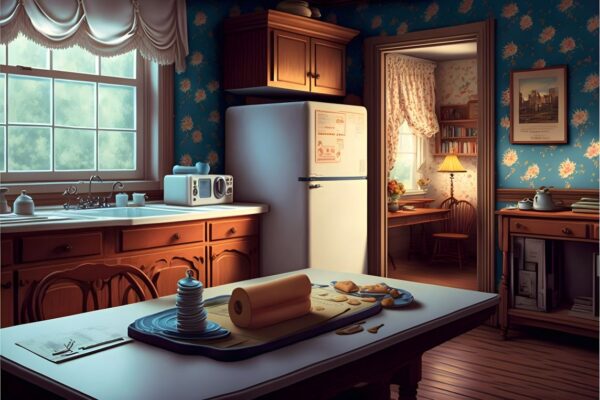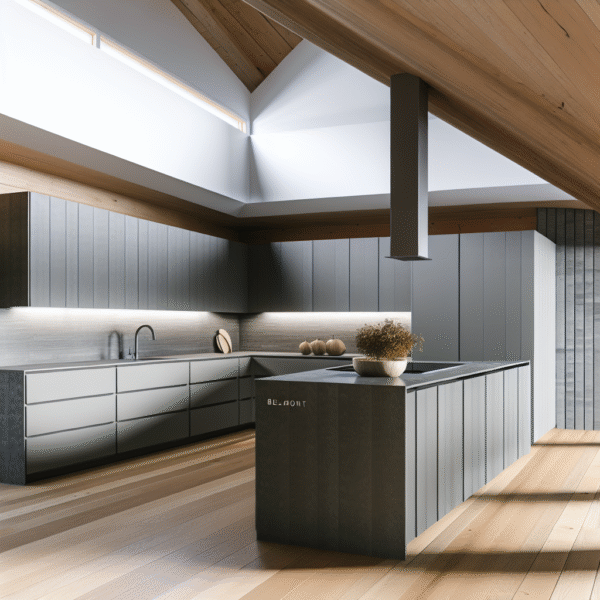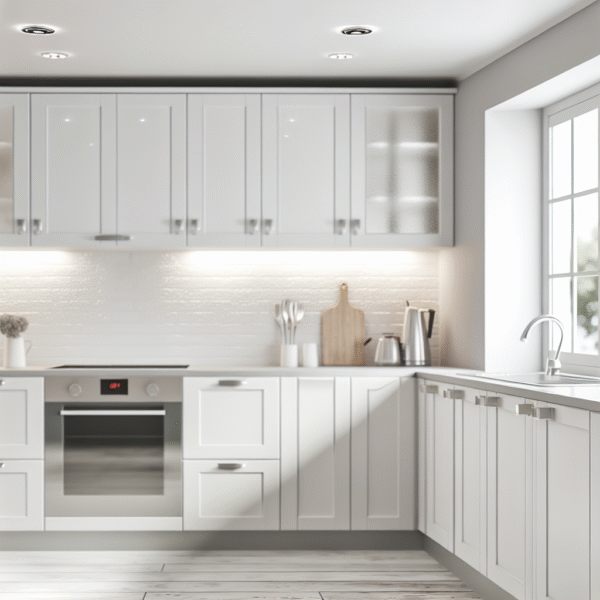Understanding the Cost of New Cabinets: A Journey Through Budgets, Styles, and Smart Decisions
Understanding the cost of new cabinets is the essential first step when creating your dream kitchen. Whether you’re moving into a forever home, revamping a cozy cottage, or turning a fixer-upper into a custom sanctuary, knowing how cabinet pricing works helps you plan wisely and avoid budget surprises. Just like a well-planned trip, a kitchen remodel succeeds with research, smart choices, and thoughtful details.
Cabinetry often takes up a large portion of kitchen remodel budgets—sometimes as much as 40% of total costs. From standard stock selections to fully personalized, hand-crafted designs, the choices reflect both your space and lifestyle. Let’s walk through your options, budget ranges, and tips to help make your cabinet investment practical and personal.
From Base Cabinets to Custom Masterpieces: Know the Types
Kitchen cabinet selection resembles travel planning—you’ll find options ranging from economy to luxury, each suited to different needs and wallets.
Stock cabinets are pre-manufactured and ready to go off the shelf. Brands like IKEA and The Home Depot offer these at entry-level prices, perfect for speedy installations or tight budgets. Prices average $70 to $150 per linear foot, making them ideal for rentals, starter homes, and DIY remodels in cities like Portland, Phoenix, and beyond.
Semi-custom cabinets allow moderate personalization in terms of size adjustments and finishes. Companies like KraftMaid or Thomasville—often available through Lowe’s—offer this upgrade tier. With prices ranging from $150 to $650 per linear foot, this category blends flexibility with relative affordability.
Custom cabinets are handcrafted to fit unique layouts and reflect individual styles. Artisans in regions like Asheville, NC or Bend, OR may use regional woods and craftsmanship, costing $500 to $1,200+ per linear foot. These are ideal for homeowners looking for heirloom quality and one-of-a-kind design.
How Many Cabinets Do You Actually Need?
Your next step in understanding the cost of new cabinets is determining the amount of cabinet space your kitchen needs. This is generally measured in linear feet. A 10×10 kitchen—the industry benchmark—typically includes 20 to 25 linear feet of cabinetry.
Use these general ranges to estimate your budget:
- Stock cabinets: $1,400 – $3,500 total
- Semi-custom cabinets: $3,000 – $16,000 total
- Custom cabinets: $10,000 – $25,000+ total
DIY kitchen planners often use apps or layout tools offered by major retailers. Free in-store consultations at stores like Home Depot or Lowe’s in places like Seattle or Albuquerque help simplify the measuring process. For more accurate results, local kitchen designers can provide professional measurements for a few hundred dollars—savings that prevent costly mistakes later on.
Material Selection: Balancing Budget and Durability
When understanding the cost of new cabinets, material choices make a major difference. Each option impacts both price and longevity.
Particleboard and MDF (medium-density fiberboard) are budget-friendly but less resilient, especially in humid areas like Florida or Hawaii. These materials may lower overall cabinet costs by up to 30%, but often need replacing sooner than higher-end choices.
Plywood cabinetry strikes a balance with mid-range pricing and improved strength. Builders in coastal towns or damp climates often prefer plywood for its solid structure.
Solid wood cabinets—such as maple, cherry, or oak—offer unparalleled durability. They also bring a timeless, natural aesthetic, especially in mountain retreats like Bozeman, MT or craftsman homes across New England. Expect a higher price but a lasting investment, especially when paired with features like dovetail joints or soft-close glides.
Additional Costs Most Homeowners Overlook
Understanding the cost of new cabinets goes beyond the cabinet boxes themselves. Consider installation fees, finishing touches, and removal of old units when building your full budget.
Installation adds $1,500 to $5,000 to your overall expense. In places like San Diego or Denver, contractors may charge up to $100 per hour. If plumbing or electrical needs to move, expect added labor costs.
Finishing touches like crown molding ($10 to $30 per foot), under-cabinet lighting ($200–$500), and decorative hardware ($2 to $30 per piece) can also add up. Savvy homeowners in cities like Seattle or Burlington, VT often find deals at salvage stores or reuse donations to reduce costs.
Demo and disposal of old cabinets can cost $200 to $1,000. If you’re near nonprofits like Habitat for Humanity ReStore—available in cities such as Jackson, WY—they may haul away usable cabinets at no charge, helping you cut disposal fees while supporting local causes.
How Regional Trends Impact Cabinet Costs
Cabinet pricing and style often shift depending on location. Big cities like New York or San Francisco typically come with high labor and permit fees. Meanwhile, culturally rich towns like Asheville, NC or Traverse City, MI offer lower overall costs, with opportunities for regional flair and locally sourced materials.
In the Southwest, kitchens often reflect Pueblo or Spanish Colonial motifs such as adobe-textured finishes and wrought iron details. In the Pacific Northwest, minimalist lines and darker woods—including walnut and alder—complement climate-conscious designs inspired by rainforests.
Many towns—especially lifestyle destinations like Durango, CO or Hood River, OR—boast woodworking co-ops and artisan clubs. These communities offer unique details and competitive pricing from local craftspeople who prioritize both quality and community.
Money-Saving Tips for Every Remodeler
Knowing where to invest and where to cut costs is crucial when understanding the cost of new cabinets.
- Invest in functionality: Pull-out drawers, built-in organizers, and lazy Susans dramatically increase efficiency and resale value.
- Save on finishes: Upgrade knobs, handles, or even repaint doors later to stay on trend without a hefty upfront cost.
- DIY where possible: In active towns like Missoula, MT or Flagstaff, AZ, homeowners commonly save $2,000+ by managing their own demolition or painting tasks.
- Shop smart: Seasonal deals around Memorial Day, Labor Day, and Black Friday can shave 10–20% off major purchases. Local surplus stores in the Midwest sometimes carry Amish-built pieces at discount when sizes don’t match large orders.
Choosing Cabinets as a Long-Term Investment
Ultimately, understanding the cost of new cabinets means looking beyond the price tag. Cabinets are the backbone of your kitchen’s layout, storage, and style—core elements shaping daily life. From affordable stock solutions to custom-built legacies, the right cabinets support everything from quiet mornings to festive feasts.
Plan your remodel like you would an unforgettable trip: define must-haves, watch for hidden fees, and book the best experience your budget allows. With careful research and thoughtful choices, your kitchen cabinetry will serve as both foundation and inspiration for years of memories to come.





